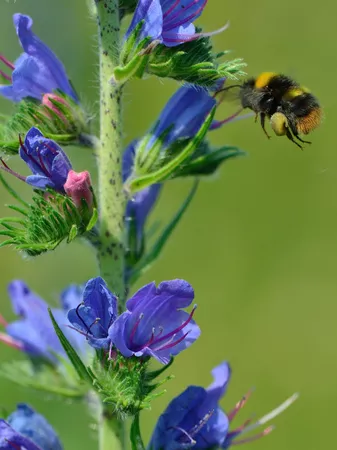Sensory ecology of pollen collecting bees

Bees decline worldwide and both scientists and public worry about the observed trends and wonder about the underlying mechanisms. Many of the discussed culprits are directly or indirectly linked to food resource availability and quality and thus nutrition. We hardly know, however, how variation in nutritional quality affect bee foraging choices and subsequently fitness. In a previous project, we showed that nutrient perception, nutrient regulation and fitness are linked for pollen collection in bumblebees, i.e. that bumblebees prioritize perception of and regulate fat which has also the strongest fitness consequence. Such ‘prioritized perception’ of nutritional cues, closely linked to fitness, may represent a valuable, highly efficient and evolutionary beneficial strategy for foraging bees. We further revealed that the contents of different nutrient groups (e.g. amino acids and fatty acids) in pollen are correlated. We consider such ‘nutritional correlates’ a prerequisite for prioritized compound perception and hypothesize that ‘compound correlates’ also occur between nutritional compounds, floral scent compounds and potentially even color as a consequence of shared biosynthetic pathways. We now investigate the factors that determine perceptional hierarchies of compounds (such as compound toxicity, concentrations, foraging strategies and/or degree of sociality) in different bee species.
Responsible team members: Marielle Schleifer, Fabian Rüdenauer
In collaboration with: Johannes Spaethe